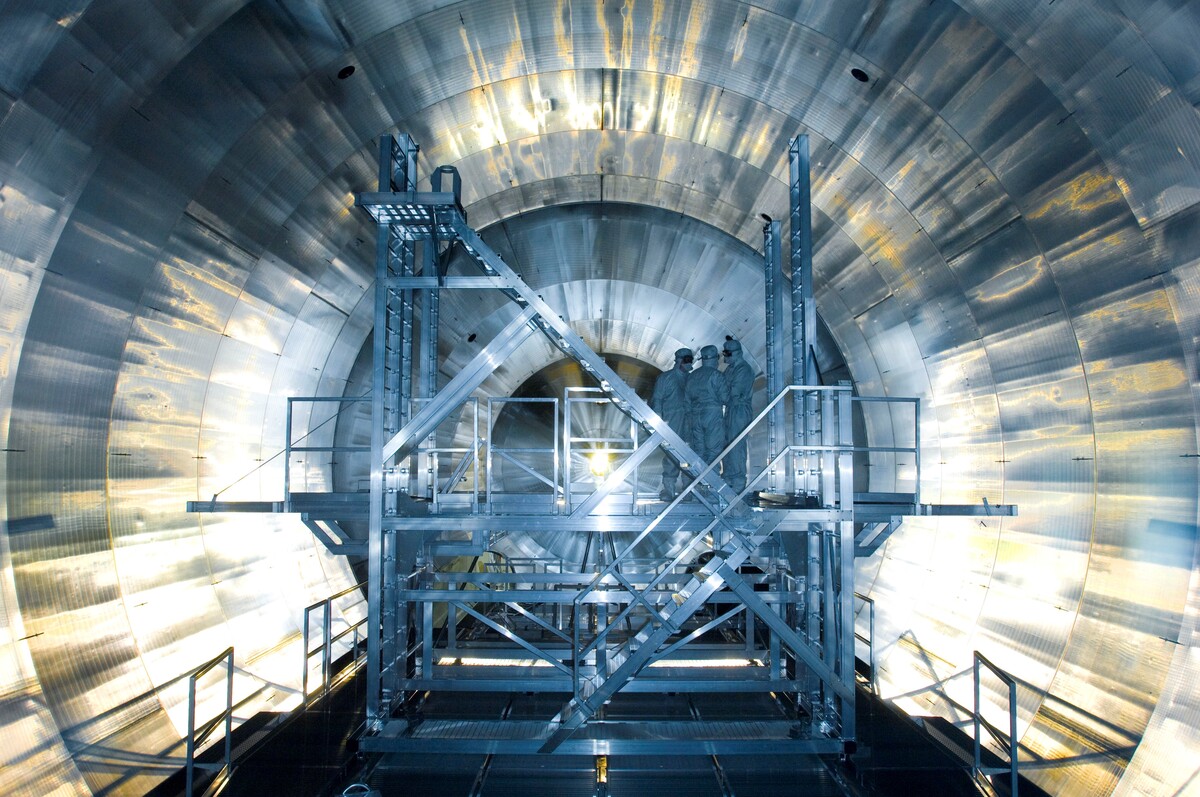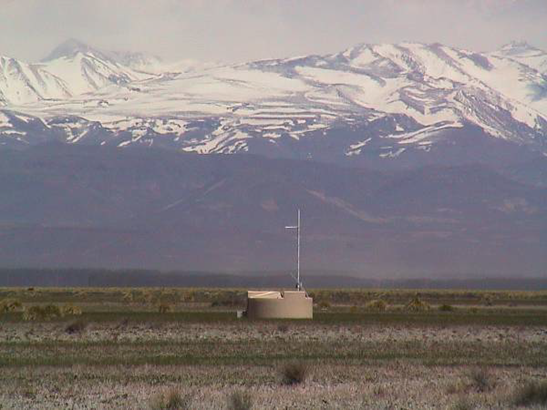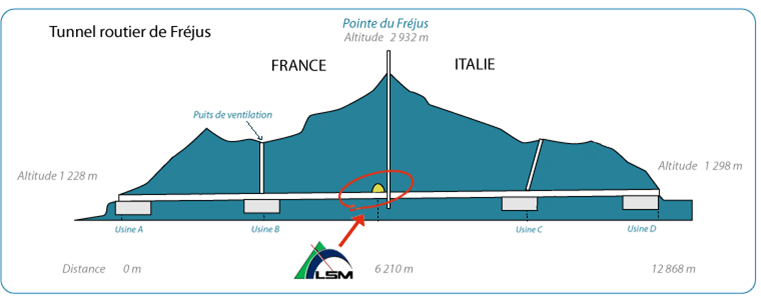Astroparticle physics explores fundamental mysteries of nature at the interface of cosmology, astrophysics and elementary particle physics. In large-scale international experiments, the nature and origin of cosmic radiation, the properties of neutrinos and the composition of dark matter are investigated. The IPE is involved in several of these fundamental experiments (e.g. Pierre Auger Observatory, KATRIN, EDELWEISS). Together with our international partners we develop unique detectors and data acquisition systems. Our activities often cover the entire signal chain, from detector design and construction, analog and digital electronics, to readout and data infrastructure.
KATRIN
The Karlsruhe Tritium Neutrino Experiment KATRIN aims to solve one of the greatest mysteries in natural sciences. In the KATRIN experiment, the mass of the electron antineutrino should be measured by highly precise energy determination of tritium decay electrons (β radiation). The most striking component of the experiment is a very large electrostatic retardation spectrometer formed by a stainless-steel vessel of 10 m diameter. By means of a high voltage source (approx. -18.6 kV), an electric counter field is formed in it, which causes a large part of the electrons to bounce back. The few b-electrons passing through the spectrometer are registered by a silicon detector. IPE is involved with the development of KATRIN-specific electronics, automation technology and data acquisition.
About the experiment: KATRIN
KaaS
Complex and distributed detector readout and control systems are required to realize modern scientific experiments. The instrumentation integrates custom and commercial components and generates ever-increasing amounts of data. A variety of different formats, underlying storage engines, and data workflows is used. Often proper manual data interpretation and quality assurance is difficult or even impossible due to the tremendously increase of number, size and complexity of datasets. This raises the need for novel automatic or at least semi-automatic data analysis methods and tools. Information on operation status and scientific meaning needs to be extracted continuously from the data stream and provided to the users in a visual easy to interpret form.
About the technology: KaaS - Control-as-a-Service
Pierre Auger Observatory
The international Pierre Auger Observatory, built in Argentina, serves to detect cosmic (particle) radiation at the highest energies. The aim is to determine the direction of incidence, the energy distribution and the chemical composition of the particles in order to obtain information about the sources and acceleration mechanisms of the particles. At present, the surface detectors, which were built on an area of more than 3000 km² from 2002-2008, are being upgraded. Additional scintillation counters are deployed within the AugerPrime project and the corresponding electronics is being replaced. The main contribution of IPE to the Pierre Auger Observatory was the development, production and installation of the digital electronics for the fluorescence telescopes. In addition, the central data acquisition system was designed, the LAN infrastructure was set up, and contributions were made to calibration systems. In the current AugerPrime project we are responsible for the design of a test system for the complex new electronics of the surface detectors.
About the experiment: Auger
EDELWEISS
The EDELWEISS experiment tries to detect "dark matter" in a direct way. For this purpose, the international collaboration operated several germanium bolometers in the LSM underground laboratory (near Modane), which generate an ionization and heat signal when a potential dark matter particle collides with a germanium nucleus. The experiment was discontinued in mid-2020 because the limits for "dark matter" cannot be significantly improved by longer measurements due to the existing underground. In cooperation with the partners in the collaboration, the IPE has developed the electronics for the data readout of EDELWEISS, which also integrates the veto counter modules for the suppression of underground events. The signals of the germanium bolometers are digitized at 100 kHz and analyzed and stored as a continuous data stream by computers. In future, the search for dark matter in the DARWIN experiment will be continued with an Xe detector, in which IPE will also participate.
About the experiment: EDELWEISS






